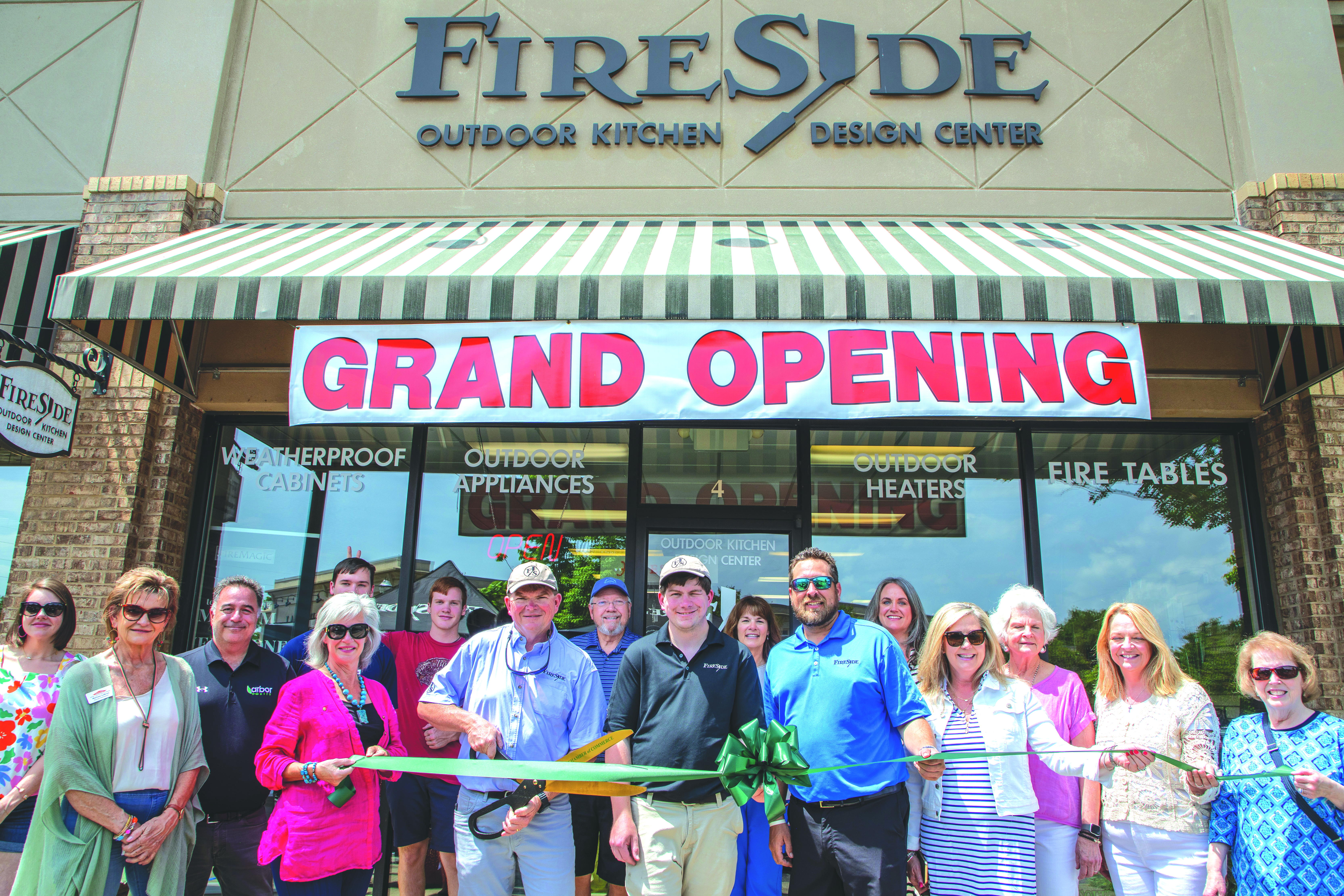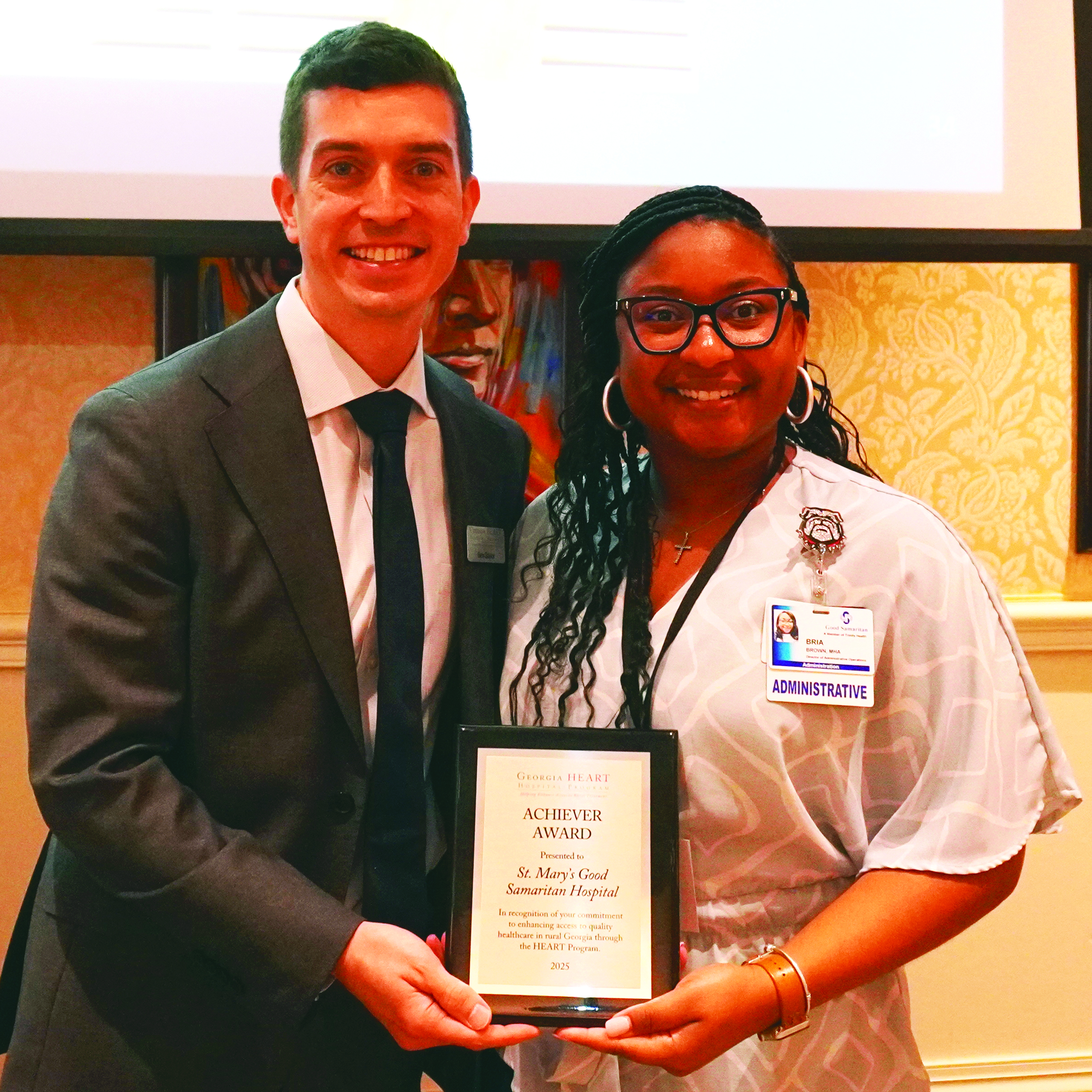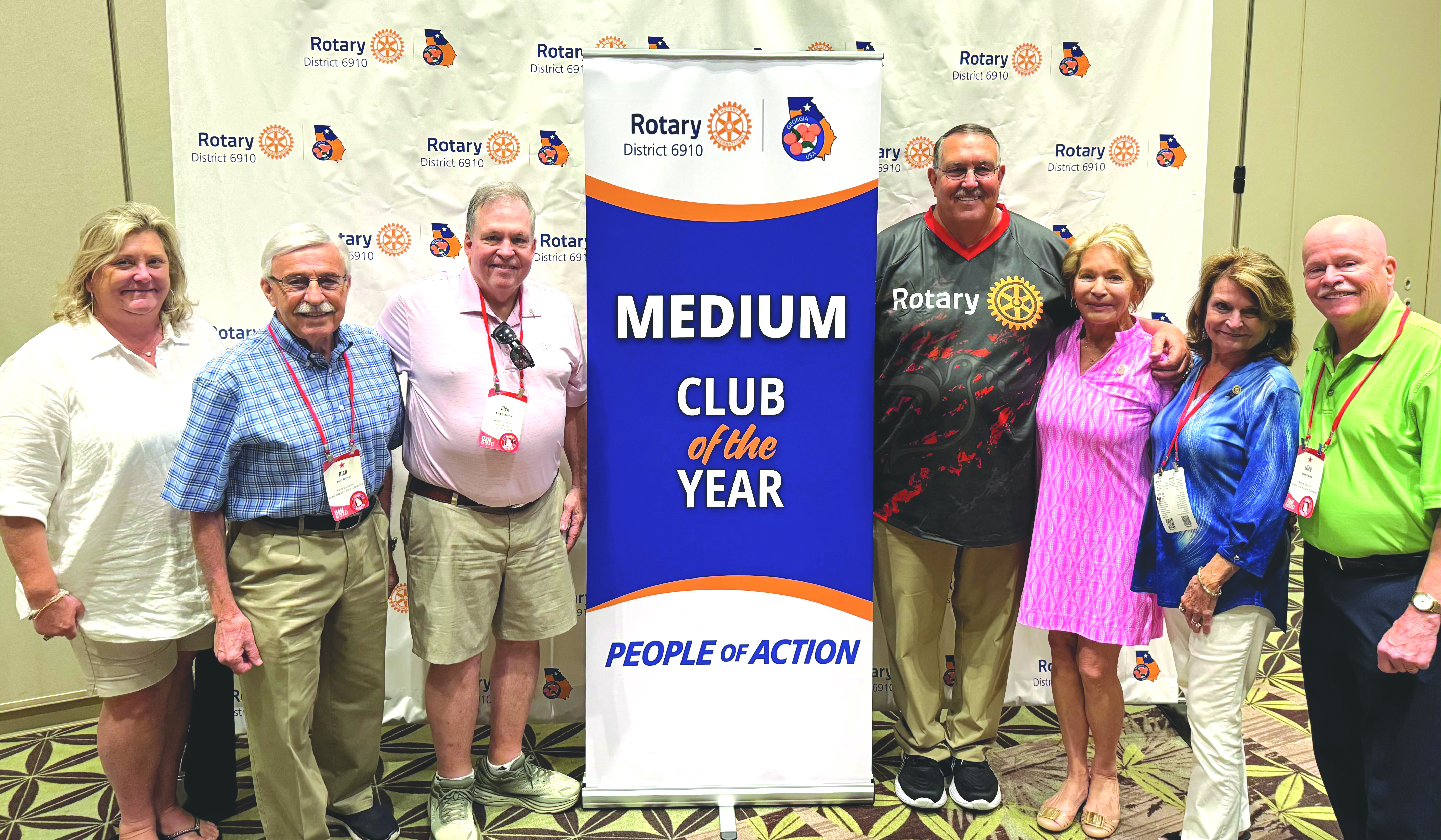To teach kids about food, put planters in the playground
Published 2:47 pm Monday, July 14, 2014

- Parents and students at Schmitt Elementary School in Denver help build a new Learning Garden in 2011. The Learning Gardens' planters are designed to fit in whatever space a school has, either a large field or a small rooftop.
The slogan “Think Different” has become a mantra for a generation of Silicon Valley entrepreneurs. So when high-tech-millionaire-turned-restaurateur Kimbal Musk envisioned a network of Learning Gardens for public schools, he didn’t settle for the usual framed, raised beds.
Instead, he thought of swooping, curved planters made of food-grade plastic, each with an irrigation system tucked away inside: a “product” that could be replicated quickly, at relatively affordable prices.
Product is not a word usually associated with organic temples of experiential learning. But like chef-restaurateur Alice Waters, who launched the American school-garden craze 15 years ago in Berkeley, Calif., Musk, 39, says such gardens are essential to reversing obesity, which now afflicts one in three American children.
According to the Journal of American Dietetics, sixth-grade students involved in a garden-based nutrition education program increased their fruit and vegetable consumption by 2.5 servings per day, more than doubling their overall consumption. A class of fifth-graders who participated in garden-based lessons scored 15 points higher on science tests than students who learned in a traditional classroom.
“For me, there’s no point unless we are reaching a critical mass of people,” says Musk. “It’s not that small projects aren’t doing good things. If you serve four schools, you can feel very good about yourself. . . . The only way to solve the problem is to reach all of America’s 100,000 schools.”
Musk’s first step toward mass-producing school gardens is to install 60 Learning Gardens in Chicago, 60 in his home state of Colorado and 60 more across the country over the next year. An announcement with Chicago Mayor Rahm Emanuel and the city’s schools chief, Jean-Claude Brizard, could come as soon as Thursday, depending on the city’s teachers’ strike.
“Learning Gardens are great for Chicago and for students, and I’m pleased that 60 more of these gardens are coming to our schools,” Emanuel said via e-mail. “These gardens teach our kids about sustainability and help them learn to make healthy food choices in an engaging way. By developing healthy lifestyles and gaining the hands-on experience of working outside, the Learning Gardens improve the lives of thousands of our students and their families.”
Musk left his native South Africa in 1991 for Canada. But he soon migrated down to Silicon Valley where, with his brother Elon, he started a software company called Zip2. The brothers sold it in 1999 to computer firm Compaq. That year, Elon started a new company called PayPal in which Kimbal was an investor.
With money in the bank, Musk headed to New York to explore his interest in cooking. He enrolled at the French Culinary Institute and graduated right before the Sept. 11, 2001, terrorist attacks. In the weeks following, he cooked for firefighters and police working near Ground Zero.
“The energy I felt — that awful and incredible energy — made me want to open a restaurant,” he says. “One with that sense of community I had experienced in New York.”
The result was the Kitchen, which opened in 2004 in Boulder, Colo. It was a farm-to-table restaurant before the term became fashionable; supporting farmers was one way to build community. The Kitchen offered students cooking lessons and took them on farm tours. Soon, it started raising money for the Growe Foundation, a local school-garden organization.
Colorado might seem like an odd place to become radicalized about the threat of obesity. It is the leanest state in the country with an adult obesity rate of 20.7 percent. But the rate of childhood obesity is rising faster there than in any other state except Nevada, according to the National Survey of Children’s Health. Musk thought school gardens could halt, and possibly reverse, those numbers. In 2011, he and his business partner, chef Hugo Matheson, established a nonprofit organization called the Kitchen Community to bring Learning Gardens to schools across the country.
The gardens are designed to fit into any school footprint, whether it has acres of surrounding fields or only a small rooftop. Designed by Musk’s wife, artist Jennifer Lewin, the plastic containers come in three sizes and fit together to create an array of curves and spirals. Additional pieces create shaded areas, benches for seating and “art poles” for students to decorate.
So far, the costs are still high. A large garden and installation can cost as much as $50,000 — a huge sum for schools in challenging economic times. (Through fundraising — JP Morgan Chase has been the lead donor in Chicago — the Kitchen Community has raised $1.3 million to cover the costs.) But the modular nature of the gardens means that a small plot can cost as little as $3,000. As the program grows, Musk says, the costs will come down.
The planters are all but indestructible. And that’s important, says Musk, because Learning Gardens are integrated into school playgrounds.
“I wanted a place kids could hang out,” he says. “The layout is like a maze. It’s easy to run around. It’s easy for them to come check on their planters. It’s a place that they’d like to be.”
At Irma C. Ruiz Elementary in Chicago, the Learning Garden is called Playground 3. Unveiled in May, it has 19 planters, in which the students grow collard greens, peppers, Swiss chard, tomatoes and herbs. There’s a metal arbor with large rocks beneath it that serve as chairs, tables and objects to climb on.
Seventh-grader Luna McWilliams says the garden is different from the playground but just as fun: “The garden constantly offers a place to work and learn in nature. I find it a lot of fun to care for the plants, and I know my classmates do as well.”
Principal Dana Butler says the garden has been transformational “in the sense that beautification and things growing distract” from some ugly realities of the school’s tough neighborhood.
“It’s one more opportunity for authentic learning,” he says. It’s “an outdoor science lab. It’s about health and restoration. It’s a lot of wonderful things that the kids can be a part of and be connected to.”
Butler applauds Musk’s ambition, but he cautions that Silicon Valley timelines won’t be easy to pull off in a byzantine public school system, where even conducting a simple survey, as the Kitchen Community suggested last spring, requires multiple levels of approval and translation into foreign languages. “They need to come to terms with working with [Chicago Public Schools], which doesn’t work in ways that many people might think are efficient or common sense. I think they will be successful if they do it slowly, if they don’t try to do too much too fast,” he says.
But the challenges inherent in the country’s third-largest school district are exactly what attracted Musk to Chicago. The city has alarming rates of childhood obesity: More than 20 percent of low-income 2- to 4-year-olds are obese, according to the Centers for Disease Control and Prevention, compared with 14 percent nationally.
“If we can make it work in Chicago, with harsh demographics, the diversity, the difficult weather,” says Musk, “we will prove it can be done.”
– – –
Black is a former Washington Post Food section staffer now based in Brooklyn, N.Y.





